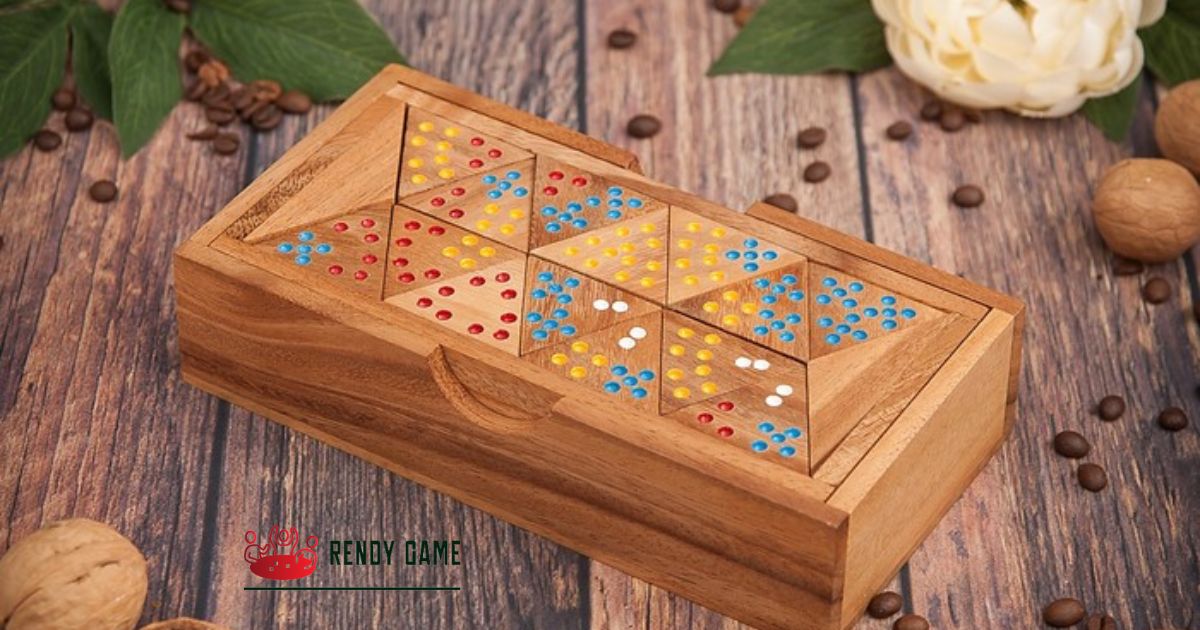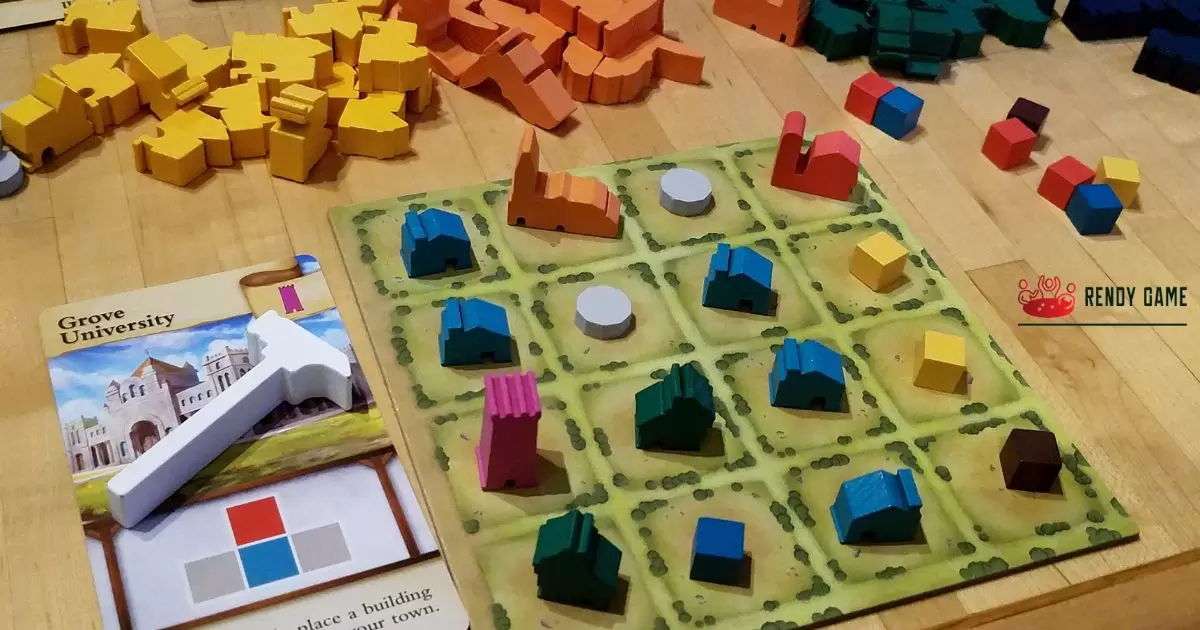Board games material refers to the substances and components used in the creation of board games. These materials play a crucial role in shaping the game’s quality, durability, and overall playing experience. Understanding what board games are made of allows us to appreciate the thought and craftsmanship that goes into these popular pastimes.
Have you ever wondered, What are board games made of? The answer might surprise you. From traditional games like chess to modern classics like Settlers of Catan, board games are crafted from a diverse range of materials. This can include sturdy cardboard, wooden pieces, plastic components, dice, cards, and even metal figurines.
The materials used for making board games are carefully selected to ensure a balance between affordability, functionality, and visual appeal. Cardboard, for instance, is often used for game boards and packaging due to its cost effectiveness and printability. Wooden components offer a classic and tactile feel, while plastic parts can provide durability and intricate detailing.
The History of Board Game Materials
Throughout history, board games have been created from a variety of materials. In ancient times, board games were carved into stone or etched onto wooden surfaces, showcasing early human ingenuity. As societies evolved, so did the materials used in board games.
During the Middle Ages, some games were crafted from animal bone or ivory, reflecting the resources available at the time. The advent of printing technology in the 19th century allowed for the mass production of board games using paper and cardboard, making these games more accessible to a wider audience.
Traditional Materials in Board Games

Traditional board games have a timeless appeal, often made from materials like wood, bone, and stone. Chess and backgammon, for example, have been played on wooden boards for centuries. The tactile quality of these materials adds to the classic charm of the games, creating a sense of nostalgia for players.
Bone or ivory game pieces, although less common today due to ethical concerns, were once prized for their durability and aesthetics. These traditional materials have laid the foundation for the board games we know today, and their continued use in modern game design pays homage to the enduring legacy of these classic pastimes.
Modern Materials in Board Games
In the world of board games, modern times have brought a diverse array of materials to the forefront. Beyond the traditional wood and cardboard, you’ll find board games crafted from cutting edge materials like acrylic, silicone, and even high quality plastics.
These modern materials offer game designers and manufacturers more flexibility in terms of design, durability, and aesthetics. They can create intricate game pieces and components with precision, ensuring a polished and attractive look for the games.
The Role of Cardboard in Board Games
Cardboard is a fundamental material in the world of board games. It serves as the canvas for game boards, playing cards, and various tokens. Cardboard is chosen for its affordability, versatility, and ease of printing, allowing for vibrant artwork and clear instructions. Despite being lightweight, it offers the sturdiness required for repeated gameplay.
Board game enthusiasts often appreciate the tactile feel of cardboard components and the nostalgic charm they bring. Cardboard’s adaptability makes it a key player in creating the essential physical elements that make board games not only playable but also visually captivating.
Wooden Components in Board Games

Wooden components have been a classic choice in board games for generations. From chess pieces to dice, their timeless appeal adds a touch of tradition to the gaming experience. Wooden game pieces are not only aesthetically pleasing but also provide a satisfying tactile sensation when moved across the board.
Their durability ensures that these games can be enjoyed for years, making them ideal for passing down through generations.
| Wooden Components in Board Games | Description |
| Game Pieces | Classic choice for game tokens, chess pieces, and meeples. |
| Game Boards | Often used for traditional game boards with intricate designs. |
| Dice | Wooden dice provide a tactile and satisfying rolling experience. |
| Player Tokens | Custom Shaped wooden tokens can represent players in various games. |
| Durability | Wooden components are known for their long lasting quality. |
| Aesthetics | Wooden elements add a timeless and rustic charm to board games. |
Plastic Elements in Board Games
Plastic components have become increasingly popular in modern board games. They offer versatility and affordability while maintaining a high level of detail and customization. Plastic game pieces can be molded into various shapes, sizes, and colors, allowing designers to create intricate miniatures or unique tokens.
Their lightweight nature makes them easy to handle, and they’re resistant to wear and tear, ensuring a long lifespan for the game. Plastic elements in board games have opened up new possibilities for creative game design and have become a staple in many contemporary titles.
Metal and Other Materials in Board Games
While wood and plastic are common, metal and other materials also find their place in board games. Metal coins, for example, add a touch of luxury and realism to historical and thematic games. Some games even incorporate glass or ceramic pieces to create a unique aesthetic.
These materials often serve a specific thematic or artistic purpose, contributing to the immersive nature of the game. They may be less common due to cost and weight considerations, making their use more selective in the world of board game design.
How Material Choices Impact Gameplay?
The materials used in board games have a significant impact on the gameplay experience. The choice of cardboard for game boards and cards often provides a smooth and sturdy surface for moving pieces and drawing cards. Wooden components, on the other hand, offer a tactile and satisfying feel, adding a sense of craftsmanship to games like chess or Carcassonne.
Plastic parts can enhance durability and precision, making them ideal for games with intricate mechanisms. The weight, texture, and even the sound of components contribute to the overall enjoyment of a game, making material selection a critical decision for game designers.
Environmental Considerations in Board Game Materials
In recent years, there has been a growing awareness of the environmental impact of board game materials. Many players and manufacturers are now seeking more sustainable options. This includes using recycled cardboard and responsibly sourced wood for components.
There is a shift towards reducing plastic usage and finding eco-friendly alternatives. These environmental considerations are prompting changes in how board games are made, reflecting a broader trend toward sustainability in the gaming industry. Players can now enjoy their favorite games such as smart board game , with the satisfaction of knowing that their gaming hobby is becoming more eco conscious.
Innovations in Board Game Material Selection
Innovations in material selection for board games are continuously shaping the industry. Advancements in printing technology allow for intricate artwork and custom components. Some games even incorporate digital elements into their materials, enhancing gameplay through apps and augmented reality.
The combination of various materials like metal, fabric, and even 3D printing is expanding the possibilities for game designers. These innovations are pushing the boundaries of what is possible in board game creation, offering players new and exciting experiences that were once unimaginable.
FAQs
What are the most common materials used in board games?
Common materials include cardboard for game boards, cards, and boxes, wooden components, plastic pieces, dice, and metal figurines.
How do material choices affect the durability of board games?
Material choices impact durability; plastic and metal components tend to be more robust, while cardboard can be less sturdy over time.
Are there eco friendly options for board game materials?
Yes, some manufacturers use recycled and responsibly sourced materials, reducing the environmental impact of board games.
How do material choices influence the tactile experience of playing board games?
The materials’ texture and weight affect the tactile feel of playing, enhancing the overall gaming experience.
Can innovative materials be used in board games, beyond traditional options?
Absolutely! Innovations like 3D printing, augmented reality, and digital components are expanding the possibilities for board game material selection.
Conclusion
In the world of board games, the materials used to craft these beloved pastimes are like the hidden stars of the show. The selection of cardboard, wood, plastic, and other components plays a pivotal role in shaping the gameplay and aesthetics of each game.
From classic chess sets with their timeless wooden pieces to the modern marvels of intricate plastic components in complex strategy games, these materials breathe life into our favorite tabletop adventures. The quest to create the perfect game continues, with the materials chosen serving as the building blocks of enjoyment and innovation in this timeless and ever evolving hobby.

